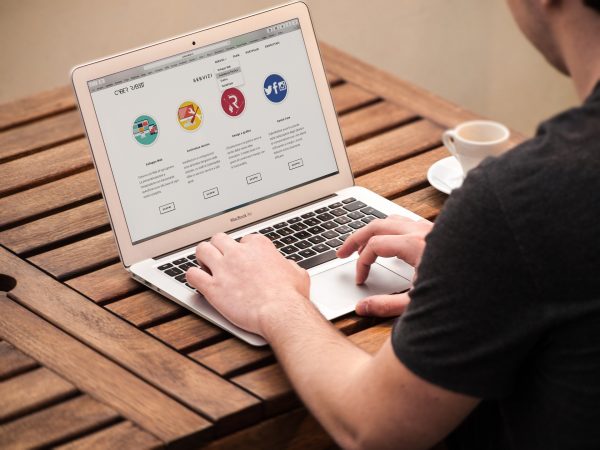Organising and structuring the information on your website is crucial for users to easily understand and navigate the site. Headings and subheadings are an important element of a website’s content because they help to organise each website’s page properly. They are also an important element for search engine optimisation (SEO) purposes, as they can help search engines to understand the content and context of a page, which can impact its visibility and ranking in search engine results pages (SERPs).
In this blog post, we will talk about different types of heading and subheading. We hope that this short guide will help you to effectively structure and organise your website.
Contact us for a free SEO audit

There are various different types of headings and subheadings that can be used on a website. Each of them serves a specific purpose. The main heading, or H1, is the most important heading on a page, and it typically appears at the top of the page. This heading should provide a clear and concise summary of the page’s content, and it should be written in a way that accurately reflects the page’s content. Usually, this heading should contain the main keyword that is targeted on the page.

Subheadings, or H2, are used to break up the content on a page into smaller, more manageable sections. These headings should provide a clear and concise summary of the content in each section, and they should be written in a way that accurately reflects the content of the section. Subheadings can also be further divided into level 3 headings (H3), which provide even more detailed summaries of the content on a page.
Here are examples of H1, H2, and H3:
H1: Free Website Review
H2: Free Website Review
H3: Free Website Review
Free website review
Headings and subheadings should be used consistently across the website. This means using the same type of heading for the main heading on each page, and using the same types of subheadings for each section of content on a page. This helps to create a clear and consistent structure for the content on a website, which can make it easier for users to navigate and understand.
Using headings and subheadings will improve the user experience and encourage the users to keep reading and stay on the page for longer.

As we mentioned earlier on, headings and subheadings can be a great way of including the targeted keywords on a page. Having well-written and interesting headings and subheadings will help you to improve your SEO as search engines will be able to understand the content of your site better. Thus, they can have an impact the page’s visibility and ranking in search engine results.
As such, it’s important to carefully craft headings and subheadings that accurately reflect the content of a page, and that are written in a way that is both informative and engaging.
Reach out to our agency for help
Our Headings and subheadings Nottingham team has extensive knowledge of various SEO such as Local SEO, Technical SEO, and Organic SEO. Reach out to us if your business needs help. Our services include various Marketing Channels such as SEO, PPC, Email Marketing, Social Media Ads including Pinterest management, Facebook management and Instagram management.




